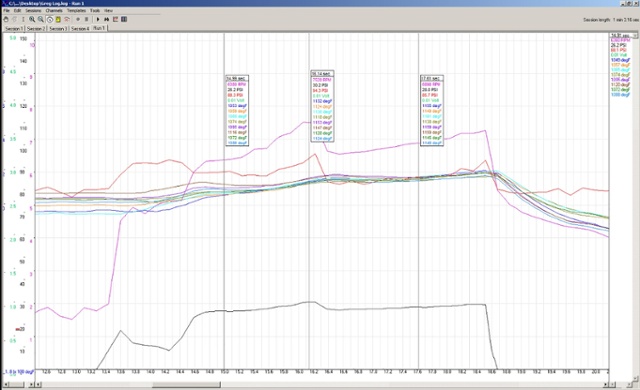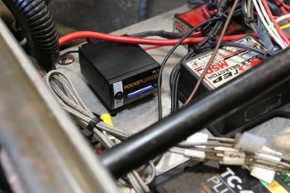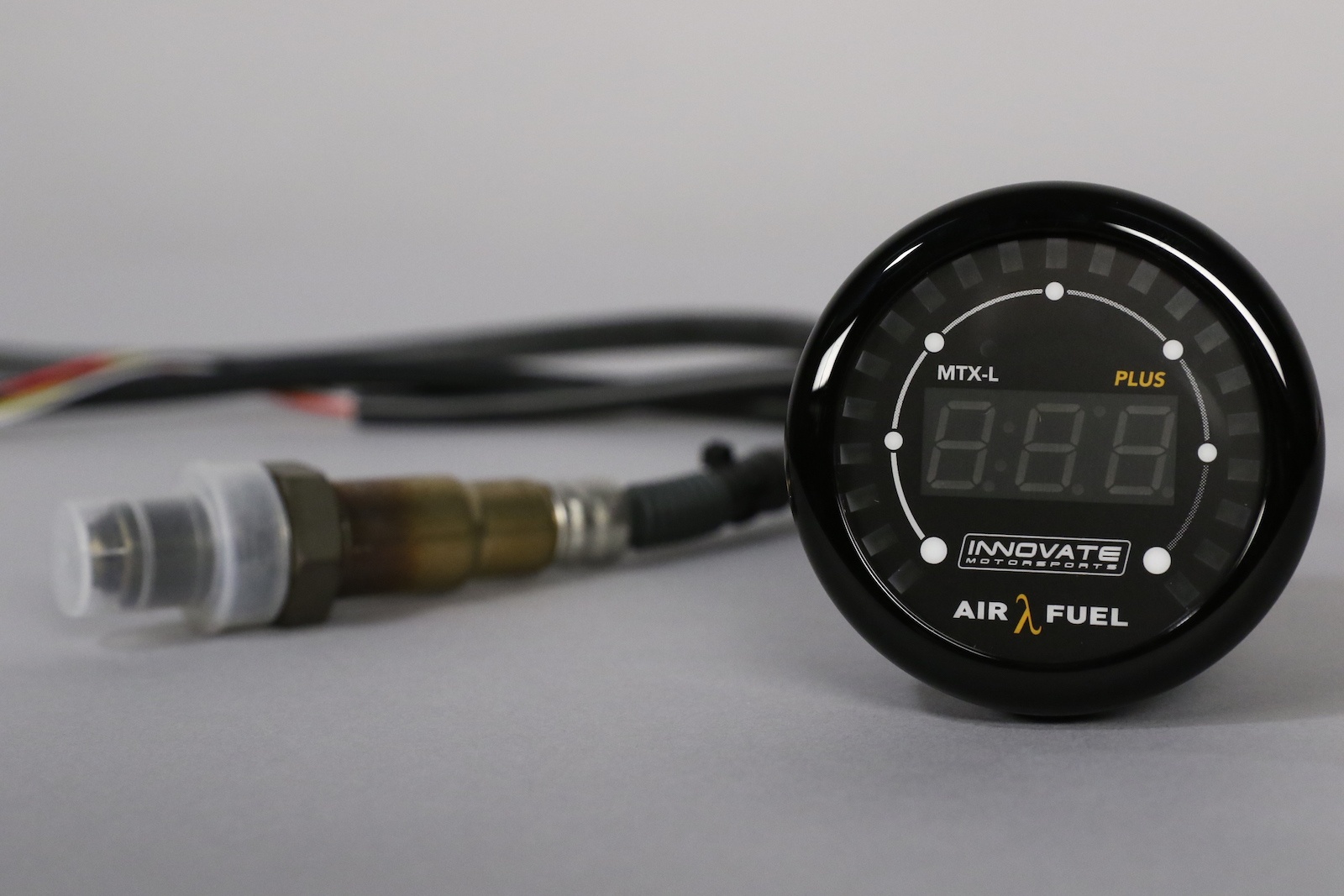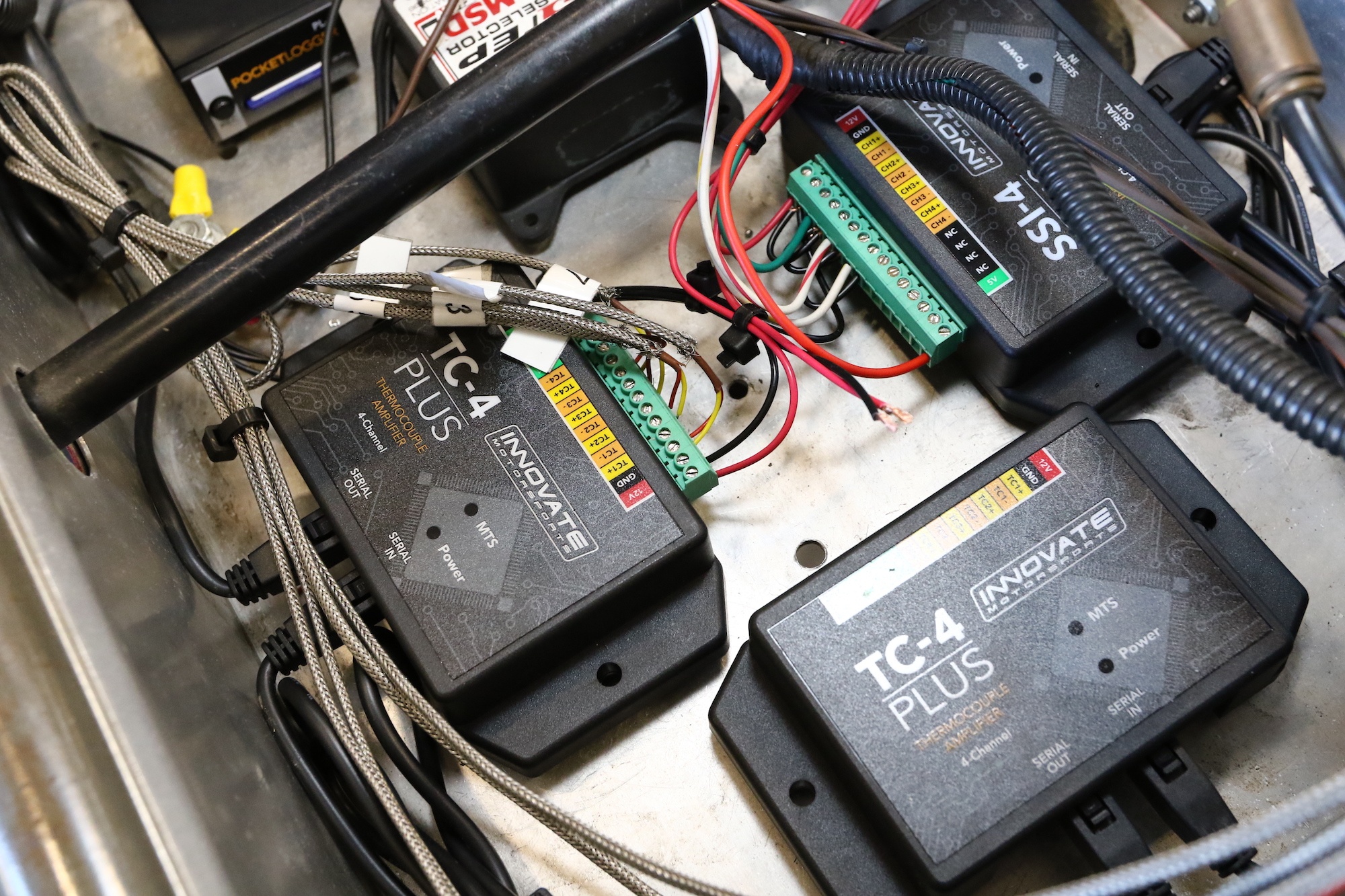Installing a data acquisition system is easier and more affordable than ever before. We install our new TC-4 PLUS and SSI-4 PLUS on a 2,500 horsepower Top Dragster.
If hot rodders walked the earth thousands of years ago, they would have taught the Greeks a thing or two about mythology. According to most racers, data acquisition systems are complicated, expensive, and simply not necessary for the average weekend warrior. Bogus! Like the ancient Greeks, car guys often rely on mythology to explain things they don’t understand. Modern science debunked the Greek myths of yore, and simply looking at the facts definitively debunks misguided car guy myths about data acquisition systems.
At best, not knowing what’s going on inside your motor can sacrifice horsepower, and hand the guy in the other lane a competitive advantage. At worst, it can melt a motor. Neither scenario is particularly appealing, but modern technology makes it easy to closely monitor engine vitals. Data acquisition systems are one of the few tools hot rodders can utilize to enhance both performance and engine longevity. To show how easy and affordable it really is, we tagged along as Gregg Suyenaga installed Innovate Motorsports’ new SSI-4 PLUS and TC-4 PLUS data acquisition systems on his supercharged 2,500 horsepower Top Dragster.
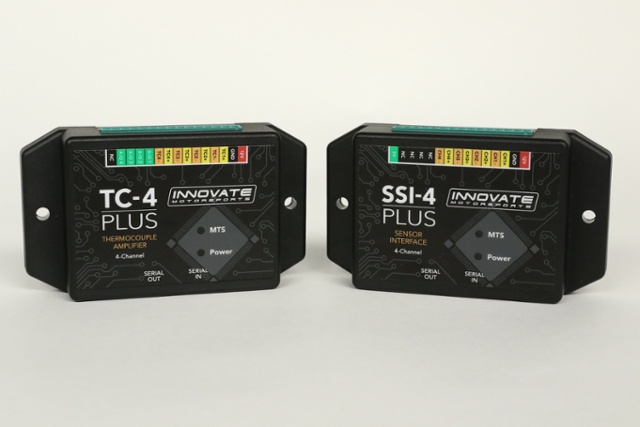
Freedom of Information
Data acquisition systems used to cost thousands of dollars. Some still do, but just like the NSA shouldn’t be the only ones benefitting from collecting data, racers and enthusiasts of all budgets should have equal access to information. Thanks to Innovate Motorsports’ Modular Tuning System (MTS), now they do.
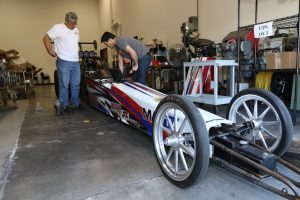
Since a Toyota 2JZ-GTE inline-six running 50 psi of boost, giant injectors, and a big hit of spray is a much more complicated animal than a naturally aspirated big-block Chevy with a Dominator carb, a one-size-fits-all approach to data acquisition systems makes no sense at all. In contrast, Innovate’s modular approach allows expanding the system’s data-collecting capabilities as necessary to simplify installation and keep costs down. For a measly $135, anyone can step into an Innovate four-channel data acquisition system.
Innovate Motorsport’s SSI-4 PLUS features four user-configurable inputs that can measure engine rpm, driveshaft speed, throttle-position, wheel speed, hydraulic pressure, manifold pressure, and even fuel injector duty cycle. With an SSI-4 mounted up, it’s simply a matter of adding the appropriate sensors. Innovate offers plug-and-play pressure sensors ranging from $65 to $115. For those that insist on doing things the hard way, the SSI-4 is compatible with any 0-5 volt sensor. Data can either be recorded to a laptop, or onto an SD card with Innovate’s optional PL-1 Pocket Logger.
A vacuum line used for an existing mechanical boost gauge served as a great location to mount the SSI-4’s air pressure sensor. Essentially the same sensor used to measure the dragster’s oil pressure (PN: 3926), it tapped into an -AN adapter fitting attached between the vacuum line and the boost gauge. For late-model applications that utilize nylon lines, a traditional four-bar MAP sensor (PN: 3925) is available for $65.
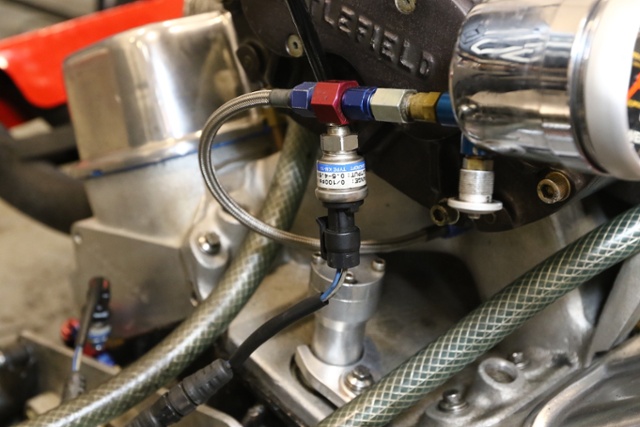
Controlled Growth
While the SSI-4 offers a sufficient number of sensor inputs for a typical street car, more extreme combinations require more inputs. Since Innovate Motorsports’ Modular Tuning System was designed with expandability in mind, any sensor or gauge within the MTS family can be daisy-chained together. That means multiple SSI-4, TC-4, and wideband O2 sensors—as well as Innovate’s entire family of gauges—can be linked together to record up to 32 channels in the company’s LogWorks software.
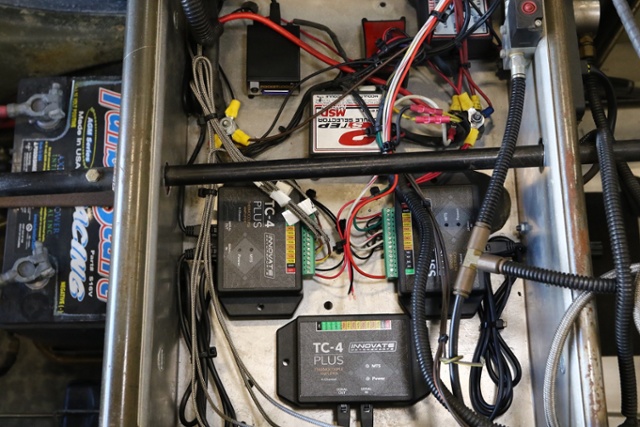
Daisy-chaining the MTS system together is as easy as plugging the serial output port of one device into the serial input port of the next device in the chain. “We always recommend starting with a small number of channels, and increasing them as your needs dictate,” advises Felipe Saez of Innovate Motorsports. “The beauty of the Modular Tuning System is that it allows you to add inputs as your needs change, which makes the system more cost effective because you only have to buy the hardware you actually need. Our data-logging software is free to download from our website, as are several sample logs that allow you to get familiar with the system before committing to buy it.”
All of the dragster’s data gets recorded by an Innovate Motorsports PL-1 Pocket Logger (PN: 3875). The included 2 GB SD card can record up to 580 hours of data. For just $99, it sure beats trying to strap a laptop onboard a 6-second race car. An optional $18 remote push button (PN: 3901) mounted near the steering wheel makes it easy to start and stop data logging right before and after each quarter-mile run. It’s an easy way to eliminate recording unnecessary information in the pits and staging lane.
With 2,500 horsepower of supercharged big-block Chevy on tap, Gregg Suyenaga’s dragster most definitely qualifies as a combination that warrants a more comprehensive data acquisition solution. Consequently, he added two TC-4 PLUS units to measure the exhaust gas temperature in all eight exhaust header primaries. Each TC-4 PLUS can measure four thermal inputs, and the 32- to 1,999 degrees Fahrenheit range of the probes makes them perfect for recording intercooler and cylinder head temps, as well as EGT. For added versatility, the TC-4’s four analog outputs can interface with dynos and standalone engine management systems.
If EGTs aren’t your thing and you prefer O2 sensors, Innovate offers their LC-2 single channel wideband controller with an MSRP price of $189. The LC-2s are designed specifically for data loggers and standalone PCMs.
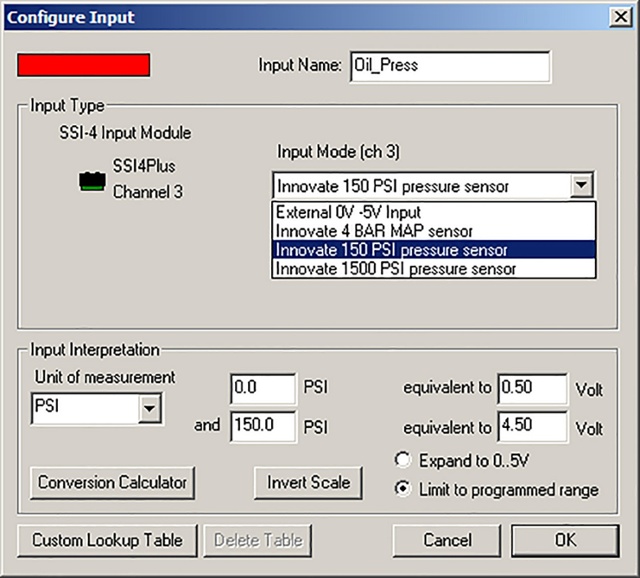
Going Faster
Data acquisition systems offer the obvious advantage of recording vital engine information when a driver’s attention is better utilized keeping a 6-second drag car off the fence. Using that data to optimize engine calibration can enhance performance and durability, but an often overlooked benefit is how that data can actually improve driver technique. “How a car feels to the driver is very important, but perception is not always reality. Data-logging is a tool that allows you to quantify performance,” Saez explains. “One anecdote a circle track crew chief relayed to me illustrates this point very well. His driver was instinctively lifting off the throttle although all the data showed that he should have been at wide-open throttle during those moments. After lots of deliberation, the driver went out and made the conscious effort to stay at WOT even though he felt like he should lift. Immediately, the lap times improved. Data doesn’t lie!”
